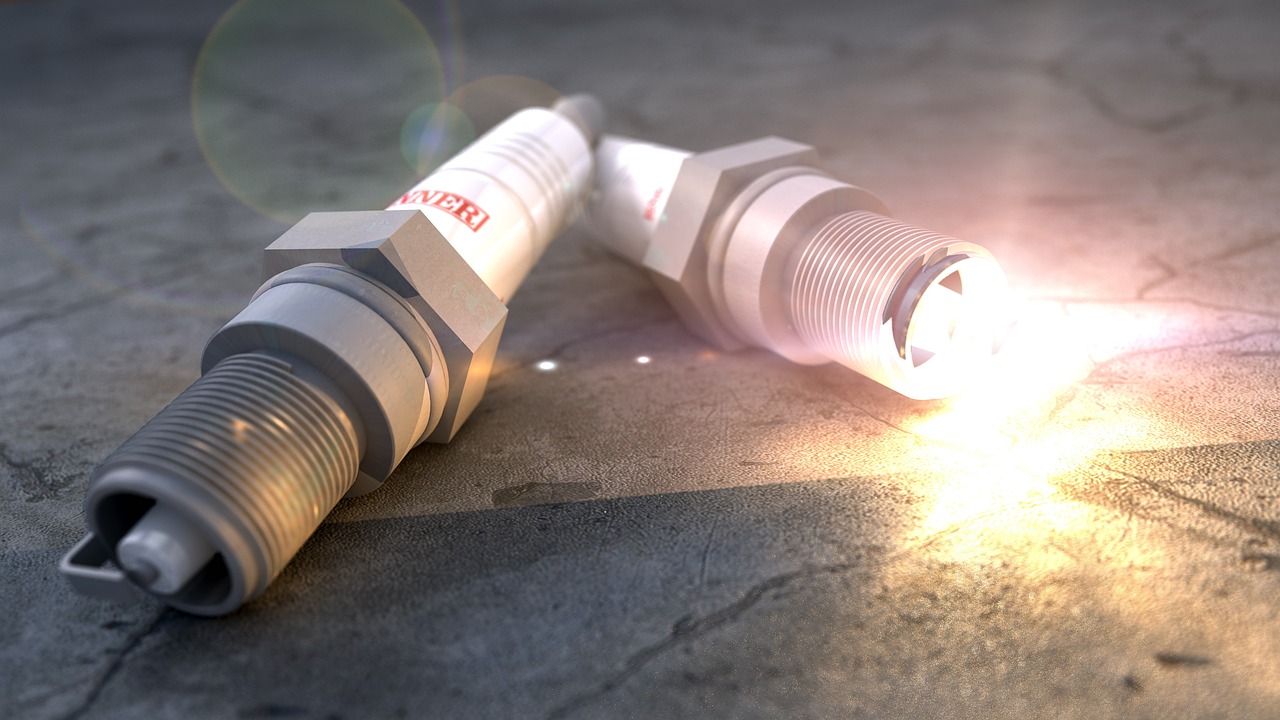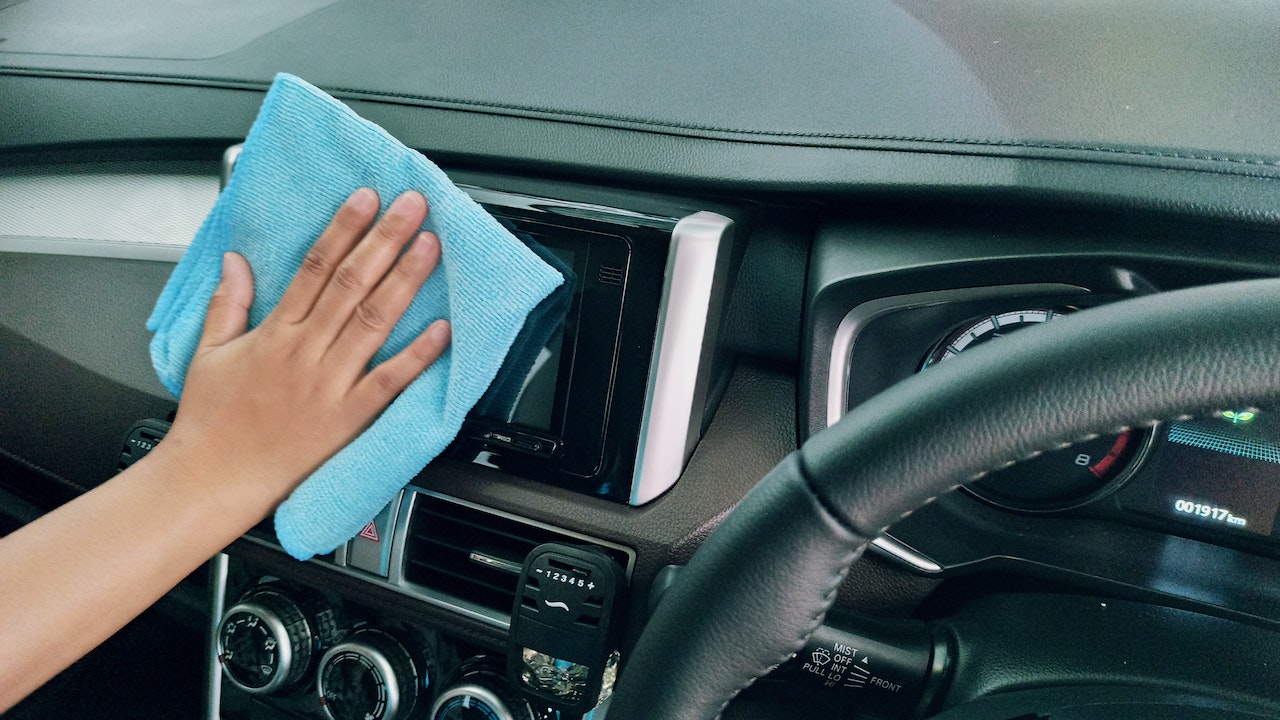Spark plugs – the unsung heroes of the internal combustion symphony, the tiny titans responsible for igniting your car’s explosive passion for the open road. Have you ever pondered the miracle that is your car’s ability to take you from point A to B without the indignity of resorting to your legs? You can thank these little sparky bois for that. But, like all good things, they eventually need replacing, and unless you have the means to teleport (if so, why are you driving?), this guide is for you.
The Shocking Truth: A Spark Plug Adventure
Before we dive headfirst into the oily depths of DIY spark plug replacement, let’s pause for a whimsical, yet educational interlude about these sparky marvels of the automotive world. Spark plugs, for the uninitiated, are the tiny lightning gods of your engine, throwing bolts of electricity across a gap small enough to make even the most confident electron question its life choices.
Why, When, and What If: The Spark Plug Prologue
Spark plugs live a life of hot, fiery passion, igniting the air-fuel mixture in your engine countless times per minute. They’re the party starters of your motor, and without them, well, you wouldn’t get very far. Like all legendary partiers, they can’t keep going forever; they need a break, and eventually, they need to pass the torch (or spark).
The Life Expectancy of a Spark Plug
You might wonder when to escort your spark plugs into retirement. It’s not about their age; it’s about the mileage – a number that varies depending on whether your spark plugs are regular old-school types or the fancier iridium or platinum varieties. Typically, old-timers need to bow out every 30,000 miles (50,000 km), while the young bloods can keep dancing up to 100,000 miles (160,000 km) before their performance drops faster than your Wi-Fi signal in the basement.
The Grim Tale of Ignored Spark Plugs
Now, what happens if you heartlessly ignore them, you ask? Picture this: Your engine begins to run as rough as a teenager’s first shave. The fuel economy starts to plummet like a stock market crash. Starting the car feels like trying to wake a teenager at 6 AM on a Saturday. Ignored spark plugs can lead to misfires, lousy acceleration, and even engine damage. So, unless you desire a closer relationship with your local mechanic and a lighter wallet, it’s best to keep those plugs in check.
The Signs of a Spark Plug’s Demise
How do you know if your spark plugs are signing off? Oh, they’ll send you signals — misfires, a noticeable lack of power, a rough idle that makes your morning coffee dance across the dashboard, and the aforementioned drop in fuel efficiency. Your car’s “Check Engine” light may also throw a tantrum on your dashboard, demanding attention.
A Spark Plug’s Worst Enemy
And while we’re on the subject, let’s talk about enemies – the Moriarty to your spark plugs’ Sherlock Holmes. Oil or carbon buildup, a too-rich fuel mixture, and the dreaded engine knock are like the bullies of the playground for your plugs. They’re not here to make friends; they’re here to shorten the life of your little electric buddies.
The Spark of the Matter
So, the moral of the story? Change your spark plugs when it’s time. Don’t make them throw a retirement party they didn’t ask for while working. Treat them with the respect the elders of your engine deserve. Because without them, you’re not going anywhere, except maybe into the deep, dark abyss of public transport.
Commencing the Spark Plug Saga
Armed with the wisdom of when to change your spark plugs and the dire consequences of neglect, let’s roll up our sleeves, channel our inner mechanic, and embark on the journey of spark plug replacement.
Changing your Spark Plugs
Step 1: Admit You Have a Problem
The first step to recovery, or in this case, replacement, is admitting you have a problem. Your car will start giving you signs that its spark plugs are giving up the ghost. Is your engine running as smoothly as a politician in election season? Does it have the energetic start of a hibernating bear? Perhaps your fuel economy is dropping faster than your New Year’s resolutions. These are signs, my friend, that your spark plugs are begging for retirement.
Step 2: Equip Thyself
Before embarking on this noble quest, you’ll need to arm yourself appropriately. Here’s your arsenal:
- A spark plug socket, which, unlike your regular socket, is specially designed to hold the spark plug in its loving embrace without causing damage.
- An extension bar because unless you have the hands of a child piano prodigy, you’re not reaching those plugs.
- A ratchet because you’re not Thor, and your hands aren’t hammers.
- A gap gauge, to measure the gap of your new plugs if you’re not opting for pre-gapped ones, which, let’s be honest, you should because it’s the 21st century.
- A torque wrench, for those who understand the fine line between tight enough and “Oh no, I’ve stripped the thread.”
Step 3: Let the Car Cool Down
Patience, young padawan. Before you start, you must let your engine cool down because only a Sith deals in absolutes and absolute hot spark plugs. Wait a couple of hours after your last drive. This also gives you time to watch a tutorial video or consider why you didn’t just take it to a mechanic.
Step 4: Locate Your Spark Plugs
Pop open the hood, and let’s play a game of “Where’s Waldo?” except with spark plugs. They’re typically sitting at the end of a bunch of thick wires. Four-cylinder engines will make your life easier – they’ll be lined up like ducks in a row. Those with V6 or V8 engines, brace yourselves for a game of Twister as you navigate the engine bay.
Step 5: Remove the Boot
Gently tug on the boot, which is the connector and not something you wear on your feet, and the spark plug will be exposed, like a celebrity’s tweet from 2009. A word of caution: do not yank the wire or you’ll be heading for a spark plug wire replacement tutorial next.
Step 6: Unscrew the Old Spark Plug
Fit your spark plug socket onto the plug, attach your ratchet, and turn counterclockwise. If you’re feeling extra, imagine you’re unscrewing the secrets of the universe, or just a spark plug. Whichever narrative thrills you.
Step 7: Gap the New Spark Plug
If you chose the path of the pre-gapped spark plugs, skip this step and give yourself a pat on the back. If you’re doing the gapping, use your gap gauge to ensure the distance matches the specification for your vehicle. It’s like Tinder for car parts – the right gap makes a perfect match.
Step 8: Screw in the New Spark Plug
Hand-tighten the new plug into the socket to avoid a cross-threading calamity, and then use your torque wrench for the final twist. There’s a torque specification for this – it’s not “until my arms are tired.”
Step 9: The Boot Reunion
Reconnect the boot. It should click like the lid of a pickle jar that you’ve finally managed to open after a struggle that questioned your existence.
Step 10: Repeat
Do this for all your plugs. Yes, every single one of them. No child left behind.
And voilà, you have successfully changed your spark plugs! Start your engine and listen to the purr, all thanks to you, the weekend warrior, the driveway mechanic, the spark plug champion.
Congratulations! You’ve tackled the Herculean task of changing your spark plugs with the finesse of a cat burglar and the skill of a YouTube-taught mechanic. Now go forth and spread the knowledge – because, let’s face it, in the world of DIY car maintenance, you’ve now earned your stripes.
Pro Tips For Spark Plug Swapping
- Number Your Wires
Before you rip out those wires with the gusto of a kid at Christmas, remember that order is everything. Label or number the wires according to their corresponding cylinders. Mixing these up is like giving your engine a puzzle when all it wants to do is play checkers — simple and straightforward.
- Embrace the Anti-Seize
Applying a smidgen of anti-seize compound on the threads of your new spark plugs can be a real knee-slapper when the time comes for their encore performance (i.e., the next change). It prevents the plugs from playing “stick-in-the-mud” with the cylinder head, which can lead to stripped threads and a vocabulary lesson for any nearby children.
- Dielectric Grease for the Win
A dab of dielectric grease on the inside of the boot ensures a snug, moisture-resistant fit while preventing the rubber from fusing to the plug over time. Think of it as slip-on shoes for your spark plugs — they’ll thank you for it.
- The Art of Tightening
When tightening the new spark plug, there’s a fine line between “just right” and “oh no.” If your plugs don’t have a crush washer, a snug fit plus a quarter-turn should do. If they do, aim for a snug fit plus three-quarters of a turn. Imagine it’s like securing the lid on a jar of pickles that you plan to open again someday.
- Inspect Your Coils
If your car has coil-on-plug ignition, each spark plug has its own coil that can also wear out. Take this opportunity to inspect them for any signs of damage or wear. Coils are like the chaperones at the spark plug dance — make sure they’re doing their job.
- The Grounding Game
If you remove more than one plug at a time, never crank the engine to “test” if one cylinder works. Unplugged spark plug holes become free-for-all parties for errant sparks, leading to a flamboyant, yet destructive display of fireworks inside your engine bay.
- Keep it Clean
Ensure the spark plug hole is clean before installing the new plug. A quick puff of compressed air can evict any detritus that’s squatting in the spark plug’s home. Debris in the hole is like popcorn between your teeth — a nuisance that can cause real trouble.
- Log Your Journey
Keep a log of the replacement with the date and mileage. Not only does it help with your vehicle maintenance track record, but it also gives you a satisfying sense of accomplishment. Plus, it’s nice to have a tangible reminder of why your knuckles are scraped.
- Final Check
Once you’ve got everything hooked back up, give your engine a start. It should run smoothly — if not, double-check your connections. A smooth-running engine post-spark plug change is like the sweet sound of victory in your auto-maintenance symphony.
Frequently Asked Questions About Spark Plug Replacement
It’s like asking how often you should replace your toothbrush. Most manufacturers recommend every 30,000 to 100,000 miles (50,000 to 160,000 km), but check your owner’s manual for the final word. It’s the car’s dental hygiene routine, after all.
Imagine going to a concert where one band member is out of tune. Not ideal, right? It’s best practice to replace all of them at the same time for consistent performance. Keep the band jamming in harmony.
Picture this: decreased fuel economy, rough idling, difficulty starting, and a potential lead role in the next “Engine Misfires” horror movie. It’s a thriller for your wallet.
You can wing it if you fancy playing Russian roulette with your engine’s well-being. A torque wrench ensures you don’t over-tighten and cause damage. Think of it as the difference between a firm handshake and an arm-wrestling match.
The gap is like the personal space for electricity to jump across. Too close or too far, and it won’t work. Most new spark plugs come pre-gapped, but it’s always a good idea to check and ensure they match your vehicle’s specifications.
Besides a basic ratchet set, you’ll need a spark plug socket, extension bar, torque wrench, and possibly a gap gauge. It’s like the difference between entering a potluck with a napkin and a full casserole.
Maintenance for spark plugs is like a check-up between dentist visits. Generally, they’re maintenance-free, but it’s good to have them inspected during your vehicle’s regular service.
Yes, spark plugs come in different materials like copper, platinum, and iridium, each with its own lifespan and price point. It’s like choosing between a disposable camera, a smartphone, and a high-end DSLR.
Absolutely. Bad spark plugs can turn your car from a perky morning person into a sluggish, “don’t talk to me until I’ve had my coffee” grump.
It’s like a stealthy dental cavity – you might not know until it’s too late. Regular inspection during service intervals can catch issues before they become problems. Prevention is better than cure.



